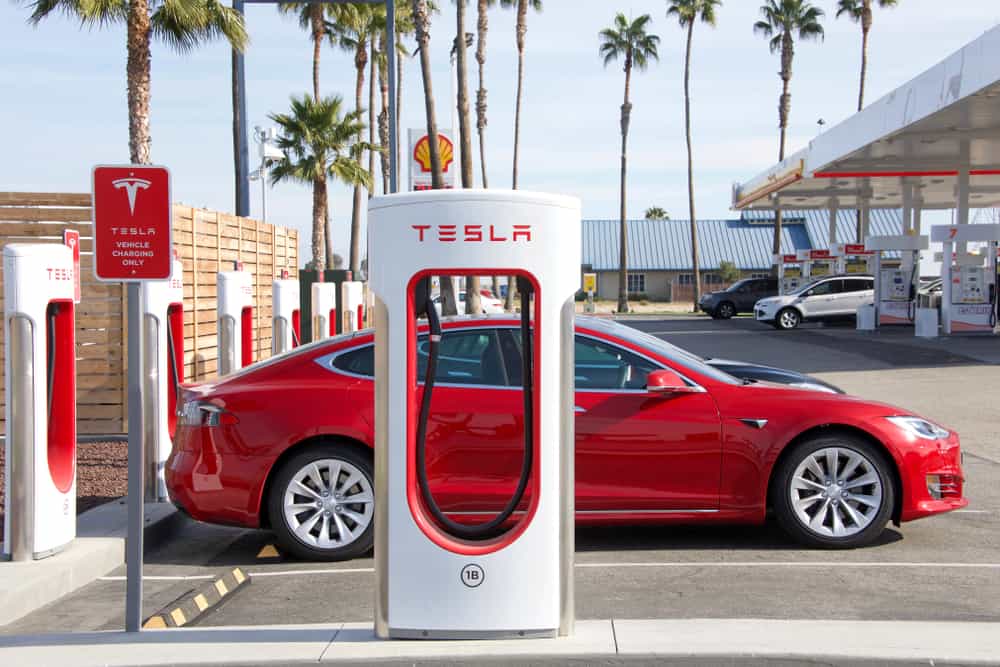
As the world shifts towards sustainable transportation, electric vehicles (EVs) have gained significant popularity. Among these, the Tesla Model 3 stands out as one of the most sought-after electric cars. However, to fully enjoy the benefits of owning a Tesla Model 3, you need to know how to charge it efficiently. In this comprehensive guide, we will walk you through the various charging options available for your Model 3, how to choose the right Tesla Model 3 Charging equipment, and some practical tips for maximizing your electric driving experience.
Options in Tesla Model 3 Charging
- Home ChargingCharging your Tesla Model 3 at home is convenient and cost-effective, especially if you have a garage or a dedicated parking space. Tesla provides a range of home charging options:
- a. Tesla Wall Connector: The Tesla Wall Connector is a powerful home charging solution. It offers faster charging speeds compared to a standard electrical outlet. Installation typically requires the services of a certified electrician to set up a dedicated circuit. This is the best choice if you have a daily commute that requires a lot of charging.
- b. NEMA 14-50 Outlet: If you don’t want to install a Wall Connector, you can use a NEMA 14-50 outlet, which is commonly used for RVs and electric stoves. Tesla provides an adapter for this purpose. It charges the Model 3 at a rate of around 30 miles of range per hour, which is adequate for overnight charging.
- c. Standard Household Outlet: While it’s the slowest charging option, you can use a standard 120-volt household outlet with the provided Mobile Connector. This option is handy for emergency or occasional use but not suitable for daily charging if you have a high daily mileage.
Public Charging Stations
Public charging stations are essential for long trips or when you don’t have access to home charging. Tesla has an extensive Supercharger network, but there are other options too:
a. Tesla Superchargers: Tesla Superchargers are designed exclusively for Tesla vehicles and provide incredibly fast charging speeds. They can replenish a significant portion of your Model 3’s battery in just minutes. These stations are strategically located along highways and in urban areas, making long-distance travel in your Model 3 a breeze.
b. Destination Charging: Tesla also has a Destination Charging program in partnership with hotels, restaurants, and other businesses. These locations offer Level 2 charging for Tesla vehicles, making it convenient for travelers to charge their Model 3 while they shop, dine, or stay overnight.
c. Public Level 2 Chargers: Many public charging networks offer Level 2 charging stations, which can be used by various EV models, including the Model 3. These chargers are typically slower than Superchargers but faster than home charging options.
d. DC Fast Chargers (CHAdeMO and CCS): Some charging stations offer DC fast charging using CHAdeMO or CCS connectors. With an appropriate adapter, you can use these chargers to rapidly charge your Model 3.
Choosing the Right Charging Equipment
When selecting charging equipment for your Tesla Model 3 Charging, consider the following factors:
- Charging Speed: The charging speed is crucial, as it determines how quickly you can replenish your car’s battery. Tesla Superchargers offer the fastest charging speeds, followed by Level 2 chargers, NEMA 14-50 outlets, and standard household outlets, in decreasing order of speed.
- Home Charging Installation: If you choose a home charging option, consult with a certified electrician to ensure your electrical system can support the chosen charging equipment. They will also help you with proper installation.
- Range and Battery Size: Tesla Model 3 comes with different battery sizes, which affect the range and charging requirements. A larger battery pack will take longer to charge than a smaller one, so consider your daily driving needs.
- Cost: Factor in the cost of installation (for home charging) and the price of adapters (if needed) when budgeting for your charging setup.
Practical Tips for Efficient Charging
Now that you know your charging options and how to select the right equipment, here are some practical tips to make your charging experience even more efficient:
- Set Up a Charging Schedule: Use your Tesla’s onboard software to schedule charging during off-peak hours when electricity rates are lower. This can save you money in the long run.
- Maintain a Consistent Charging Routine: For daily commuting, try to keep your battery within the optimal charging range of 20-80%. Frequent deep discharges or overcharging can affect battery longevity.
- Plan Your Trips: When traveling long distances, plan your route to include Supercharger stops along the way. The Tesla navigation system can assist with this.
- Monitor Charging Remotely: The Tesla mobile app allows you to monitor and control your charging remotely. You can start or stop charging, check the charging status, and set charge limits from your smartphone.
- Be Mindful of Extreme Temperatures: Charging in extremely hot or cold weather can affect the battery’s performance. Preconditioning your car while it’s still plugged in can help mitigate temperature-related issues.
Conclusion
Charging your Tesla Model 3 is a straightforward process, thanks to the various charging options and equipment available. Whether you prefer home charging for daily use or need access to public charging stations for longer journeys, understanding your choices and following practical tips will ensure you get the most out of your electric driving experience. As electric vehicle technology continues to evolve, owning a Tesla Model 3 is not just about reducing your carbon footprint; it’s also about enjoying the convenience and efficiency of a sustainable mode of transportation.